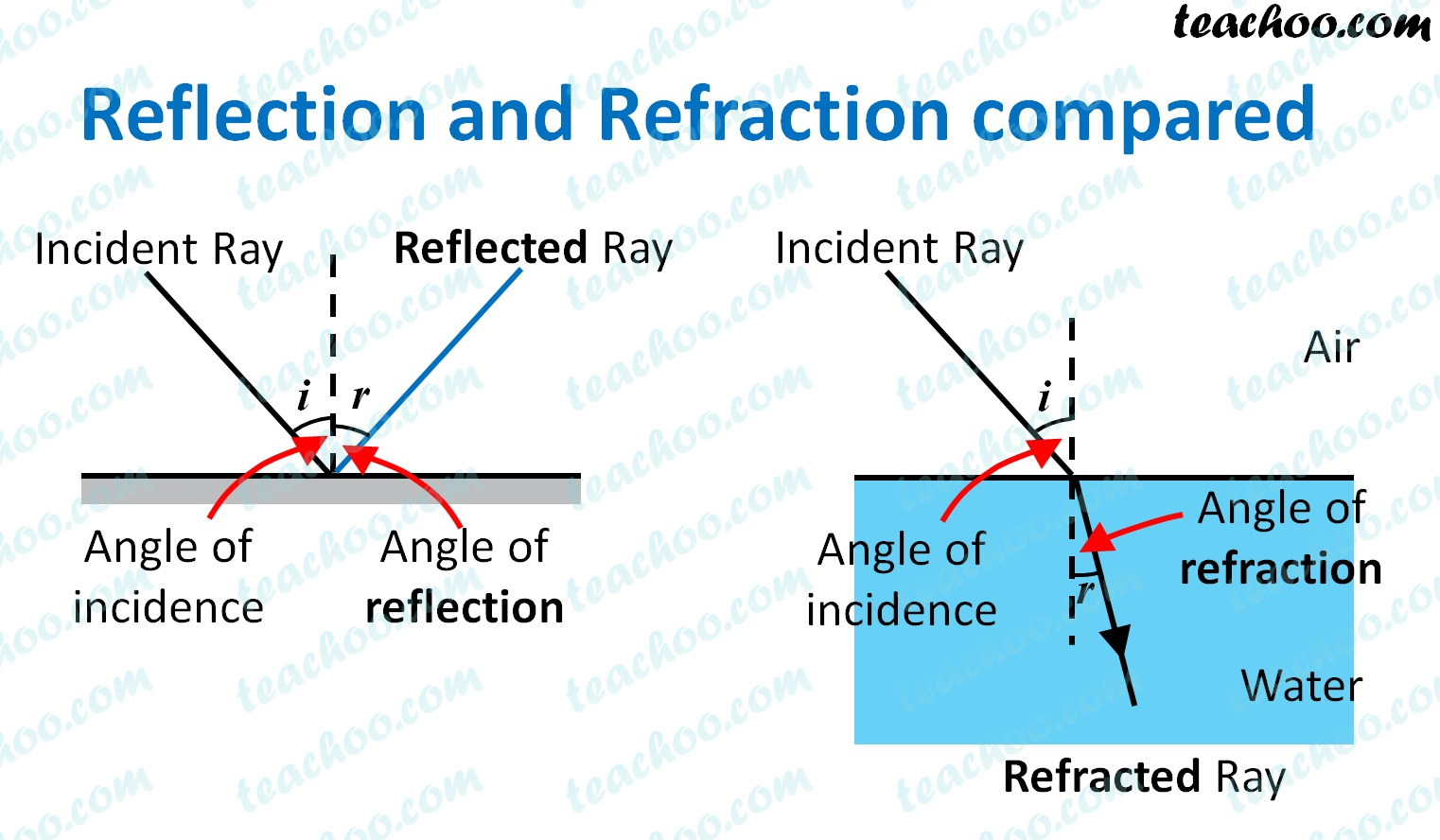
Gather materials and make copies of the attached Exploring Light Properties!Worksheet and What have you learned today? Handout, one each per student.This activity provides students with a hands-on means of exploring the light properties of reflection, absorption, transmission and refraction. With an understanding of the properties explored in this activity and an understanding of lasers gained in a future lesson and activity, you will be able to design your invisible laser security system to protect our mummified troll. For the activity, you will spend 15 minutes at each of four stations set up throughout the classroom, answering questions and recording your predictions and observations on a worksheet. To explore refraction, you will create your own rainbow in the classroom. We will explore light absorption, transmission, reflection and refraction. The purpose of today's hands-on exploration is to reinforce your understanding of how different materials respond to a beam of light. Today's activity brings a little fun and excitement to the concepts we have recently learned. International Technology and Engineering Educators Association - TechnologyĮlectromagnetic Spectrum Visual Aid (doc) (suitable for an overhead transparency or handout) Visit [ to print or download.Ī basic understanding of light properties as presented in lesson 2, Learning Light's Properties. Structures can be designed to serve particular functions by taking into account properties of different materials, and how materials can be shaped and used. This activity focuses on the following Three Dimensional Learning aspects of NGSS:ĭevelop and use a model to describe phenomena.Īlignment agreement: Thanks for your feedback!Ī sound wave needs a medium through which it is transmitted.Īlignment agreement: Thanks for your feedback! When light shines on an object, it is reflected, absorbed, or transmitted through the object, depending on the object's material and the frequency (color) of the light.Īlignment agreement: Thanks for your feedback! The path that light travels can be traced as straight lines, except at surfaces between different transparent materials (e.g., air and water, air and glass) where the light path bends.Īlignment agreement: Thanks for your feedback! A wave model of light is useful for explaining brightness, color, and the frequency-dependent bending of light at a surface between media.Īlignment agreement: Thanks for your feedback! However, because light can travel through space, it cannot be a matter wave, like sound or water waves. This activity also meets the following National Science Education Standards (NSES) teaching standards: A, B, C, D, E, F see ĭevelop and use a model to describe that waves are reflected, absorbed, or transmitted through various materials.Ĭlick to view other curriculum aligned to this Performance Expectation This activity also meets the following Tennessee Foundations of Technology educational technology content standards: 2.0, 3.0, 4.0, 5.0, 6.0, 7.0 and 8.0. Identify a number of applications of radiation to science and technology today.Explain light refraction as applied to rainbows that appear in nature.

Describe which objects reflect, absorb or transmit light.Explain the properties of light as related to security systems.


Students consider the potential real-world uses of various types of radiation in questions 2 and 5-9 of the post-activity assessment handout.Īfter this activity, students should be able to: For cancer radiation treatments, control of high-energy radiation can be beneficial, but must be carefully managed. Engineers must also be aware of safety concerns even low doses of high-energy radiation can be dangerous, especially in the case of gamma radiation. In x-ray imaging, various tissue types result in a range of transmittances that can be recorded to depict bones on x-ray film. The concepts of wave absorption and transmission are fundamental in the design of laser based security systems, and have additional applications in biomedical engineering. In designing laser-based security systems, engineers consider the implications of the penetrating properties of electromagnetic radiation.

Copyright © Erik Christensen, Wikimedia Commons


 0 kommentar(er)
0 kommentar(er)
